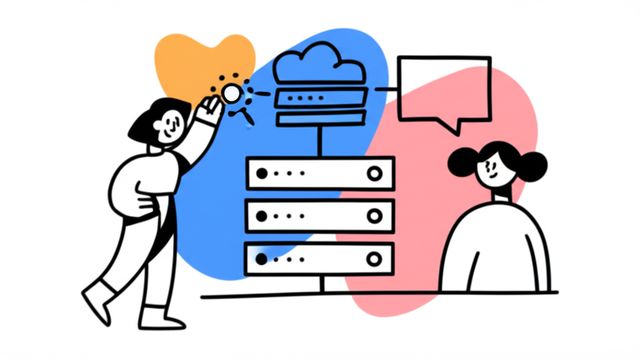Serverless Functions
Serverless functions are a cloud-based computing model that helps developers build applications without managing servers or infrastructure. It allows developers to focus on developing business logic without worrying about scaling, patching, or maintaining servers. Serverless functions are event-driven, meaning they only execute when triggered by a specific event, such as an HTTP request, a database change, or a message from a queue.
Benefits of Serverless Functions
Serverless functions offer several benefits over traditional server-based architectures. Firstly, they reduce the operational overhead associated with managing and maintaining servers. Developers no longer need to worry about scaling, patching, or updating servers, as these tasks are handled by the cloud provider. Secondly, serverless functions are highly scalable, as the cloud provider can automatically scale the infrastructure to meet the demands of the application. Thirdly, serverless functions are cost-effective, as developers only pay for the resources they use, eliminating the need for upfront investments in hardware and software.
Use Cases for Serverless Functions
Serverless functions can be used for a wide range of applications, including:
- Web applications: Serverless functions can be used to build web applications that respond to HTTP requests. This eliminates the need for developers to manage web servers and infrastructure.
- Mobile backends: Serverless functions can be used to build mobile backends that provide data and services to mobile applications.
- Data processing: Serverless functions can be used to process large amounts of data in a scalable and efficient manner.
- Event-driven applications: Serverless functions can be used to build event-driven applications that respond to specific events, such as changes in a database or messages from a queue.
Getting Started with Serverless Functions
Getting started with serverless functions is relatively simple. Developers can use cloud platforms, such as AWS Lambda, Google Cloud Functions, or Azure Functions, to create and deploy serverless functions. These platforms provide a range of tools and services to help developers develop, test, and deploy serverless functions. Developers can also use open-source frameworks, such as Serverless Framework or Zappa, to simplify the process of building and deploying serverless functions.
Careers in Serverless Functions
Serverless functions are becoming increasingly popular, and there is a growing demand for developers with experience in this field. Developers who specialize in serverless functions can find employment in a variety of roles, including:
- Serverless architect: A serverless architect designs, builds, and manages serverless applications. They work with stakeholders to identify business requirements and translate them into technical solutions. Serverless architects also develop and maintain the infrastructure and pipelines required to deploy and operate serverless applications.
- Serverless developer: A serverless developer builds, tests, and deploys serverless functions. They work with serverless architects to translate business requirements into technical solutions. Serverless developers also develop and maintain the code and configuration required to deploy and operate serverless functions.
- Cloud engineer: A cloud engineer designs, builds, and manages cloud infrastructure and applications. Cloud engineers work with serverless architects and developers to ensure that serverless applications are deployed and operated in a reliable and efficient manner.
Online Courses for Serverless Functions
There are a number of online courses available that can help individuals learn about serverless functions. These courses cover a range of topics, including the fundamentals of serverless functions, how to build and deploy serverless functions, and how to use serverless functions to build real-world applications. Online courses can be a great way to learn about serverless functions at your own pace and on your own schedule.
Conclusion
Serverless functions are a powerful tool that can help developers build scalable, cost-effective, and event-driven applications. Serverless functions are becoming increasingly popular, and there is a growing demand for developers with experience in this field. Online courses can be a great way to learn about serverless functions and develop the skills and knowledge needed to succeed in this field.


